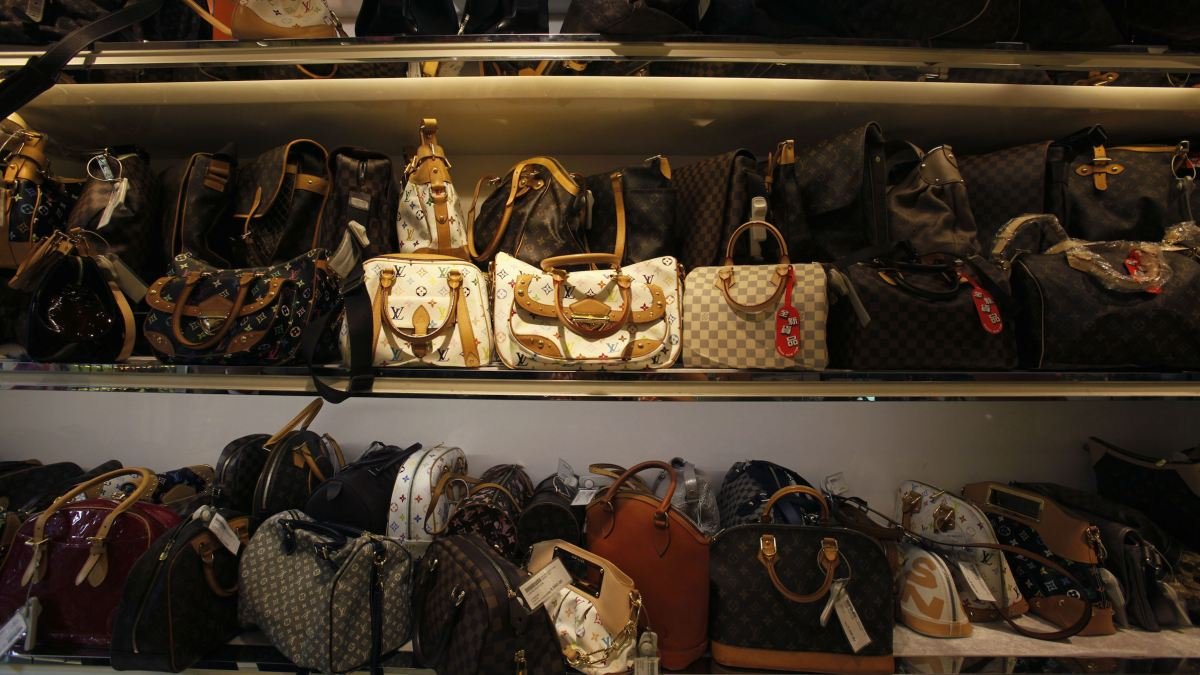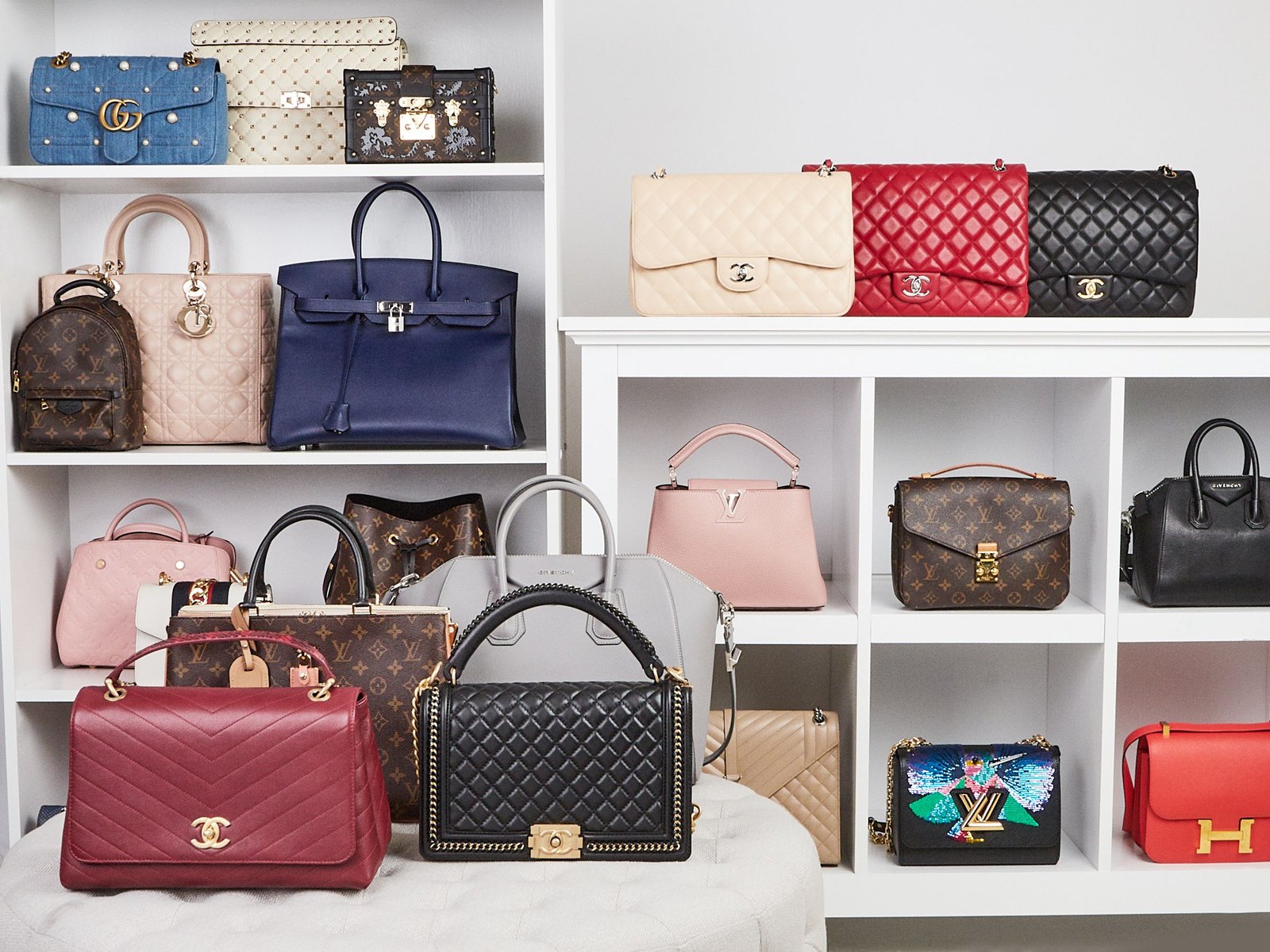TOPLINE In recent years, people who prefer luxury brands in the Chinese market, especially young people in general and Generation Z in particular, tend to use used goods to both save money and use luxury items and accessories.
KEY POINTS
- Customers who wish to own used luxury goods can easily buy their favorite items thanks to reselling branded goods.
- The business of used luxury goods stores is increasingly booming and prospering, which must mention Glamor Luxury.
- According to some forecasts, China could account for almost half of the luxury goods market by 2025.
ARTICLE
Besides liking luxury items, some people, especially young girls, have realized the attractiveness of reselling branded goods, which more and more people with the concept of “old-fashioned but newbies” want to own at a very affordable price.
“I used to be a crazy shopper, but about two years ago, I realized that my life should be simplified. I started going to stores and online platforms to appraise second-hand items, then sell them if the price is affordable,” said Ms. Shiyun, one of the followers of luxury goods.

Therefore, customers who wish to own used luxury goods can easily buy their favorite items thanks to reselling branded goods of simple consumers like Ms. Shiyun. Now, Chinese people can quickly find and buy second-hand goods right on the mainland instead of having to go abroad to open their wallets like before.
Thanks to that trend, the business of used luxury goods stores is increasingly booming and prospering, which must mention Glamor Luxury. Since last year, the company has opened four more branches across China to meet strong consumer demand.

According to some forecasts, China could account for almost half of the luxury goods market by 2025. Currently, 30% of luxury buyers in China are Generation Z, who consider sustainable shopping as a trend, contributing about 30 billion yuan in revenue each year. In addition, the niche market of used goods in China is still very large, accounting for only 5% of the whole market compared to 20-30% in developed countries.
FURTHER READING
China: How to digitize the logistics market effectively













